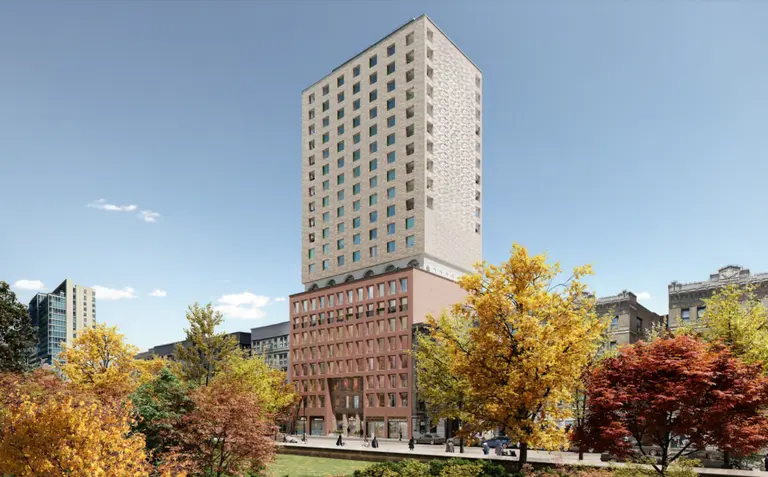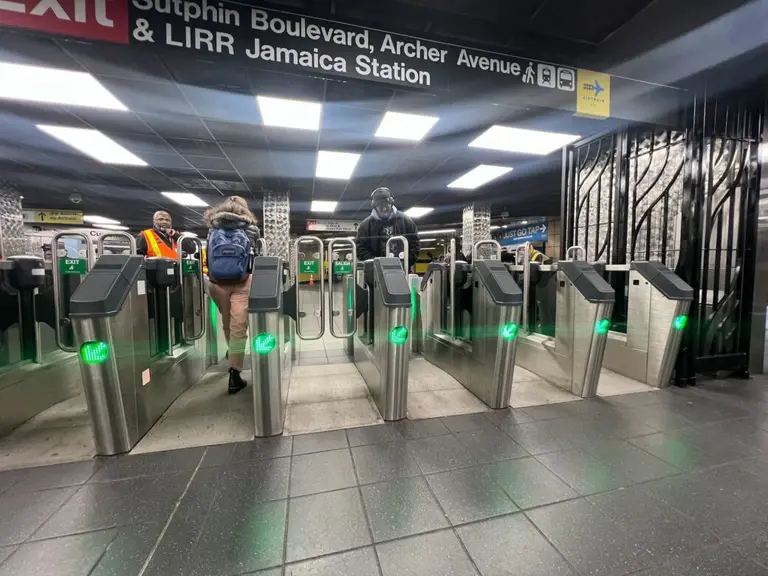NYC gains three landmarks related to history of jazz
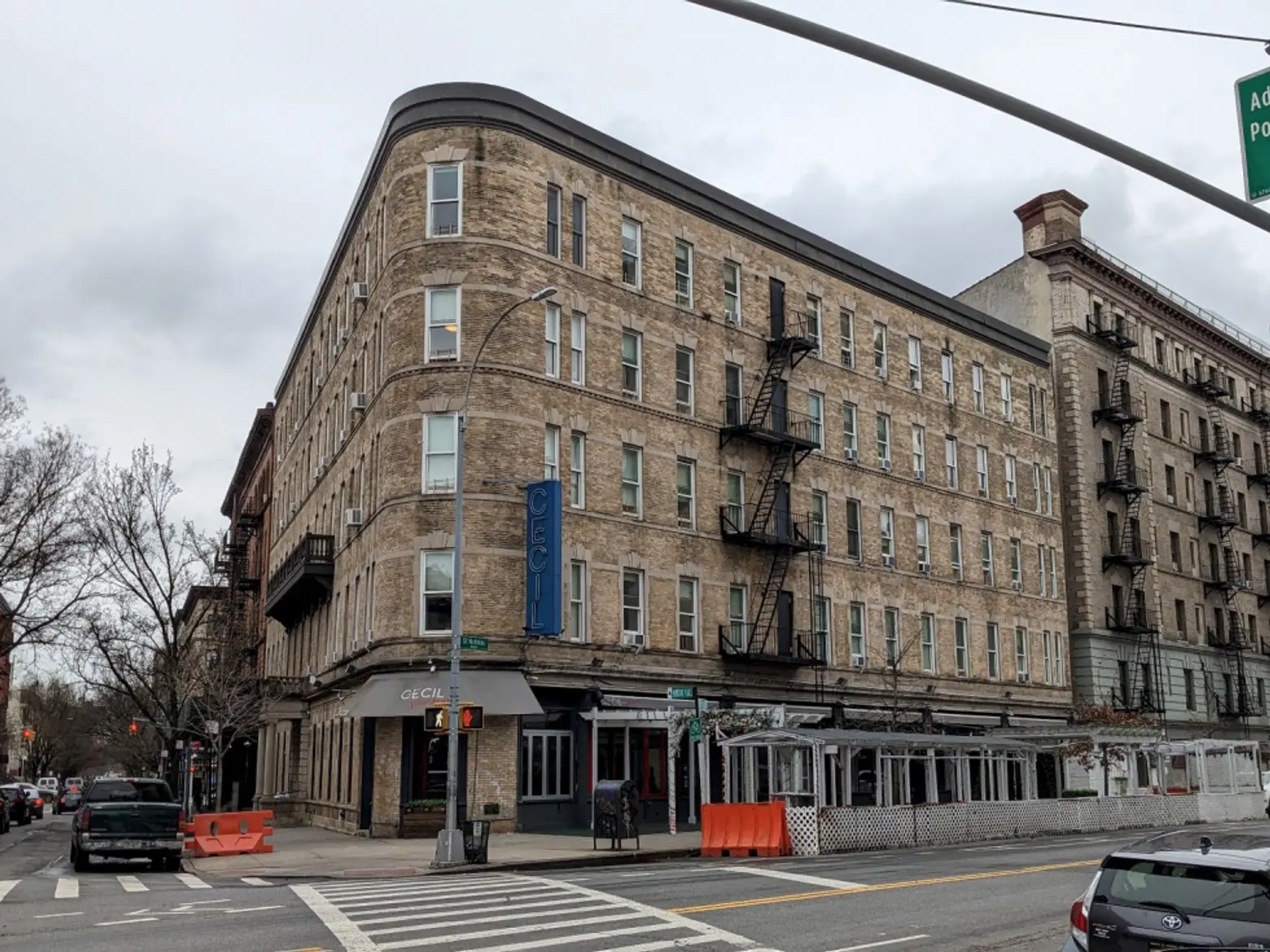
Image courtesy of the Landmarks Preservation Commission
Three buildings across the city with significant ties to the history of jazz are New York City’s newest individual landmarks. The Landmarks Preservation Commission (LPC) on Tuesday voted to designate Minton’s Playhouse in Harlem, the former Queens home of Dizzy Gillespie, and a Hamilton Heights apartment building where jazz greats Duke Ellington and Noble Lee Sissle once lived. The three buildings not only have vital ties to jazz music but stand out for their architectural significance, according to the commission.
“Today’s designations reflect the degree to which the history of Jazz is embodied in the very fabric of New York City and recognize the musical pioneers who were drawn to live and work here by the culture of creativity that has always defined our city,” LPC Chair Sarah Carroll said.
“The story of Jazz is also the story of the Black community, who built tight-knit communities and cultural institutions in the face of racial discrimination. I’m proud that the Commission has chosen to honor this history and thrilled that these landmarks will be preserved for future generations to come.”
Located at 206 West 118th Street in Harlem, the nightclub Minton’s Playhouse is known as the birthplace of bebop, an improvisational style of jazz that came to prominence during the 1940s. The club, housed within the Hotel Cecil, hosted famous house bands, star headliners, and informal jam sessions over the course of three decades, according to the LPC.
Situated on the southeast corner of St. Nicholas Avenue and West 118th Street, the five-story Renaissance Revival hotel was constructed from 1985 to 1896 and designed by architect Julius F. Munckwitz. From 1941 through 1961, the Hotel Cecil was listed in consecutive editions of the Negro Motorist Green Book, a travel guide that identified businesses that were friendly to African American travelers. Jazz legend Miles Davis remembered the hotel as “first class” with rooms that were “big and clean,” according to the LPC.
“On Monday nights when most clubs and theaters were dark, informal jam sessions frequently occurred, including such gifted musicians as guitarist Charlie Christian and trumpeter Dizzy Gillespie, who described these performances as ‘seedbeds for our new modern style of music,'” according to the LPC.
The nightclub continued to be a hotspot for jazz music throughout the 1950s and 60s and was the location where several famous live albums were recorded by renowned artists including Tony Scott, Stanely Turrentine, and Eddie “Lockjaw” Davis. The club closed in 1974 after a fire caused the owner to abandon the building.
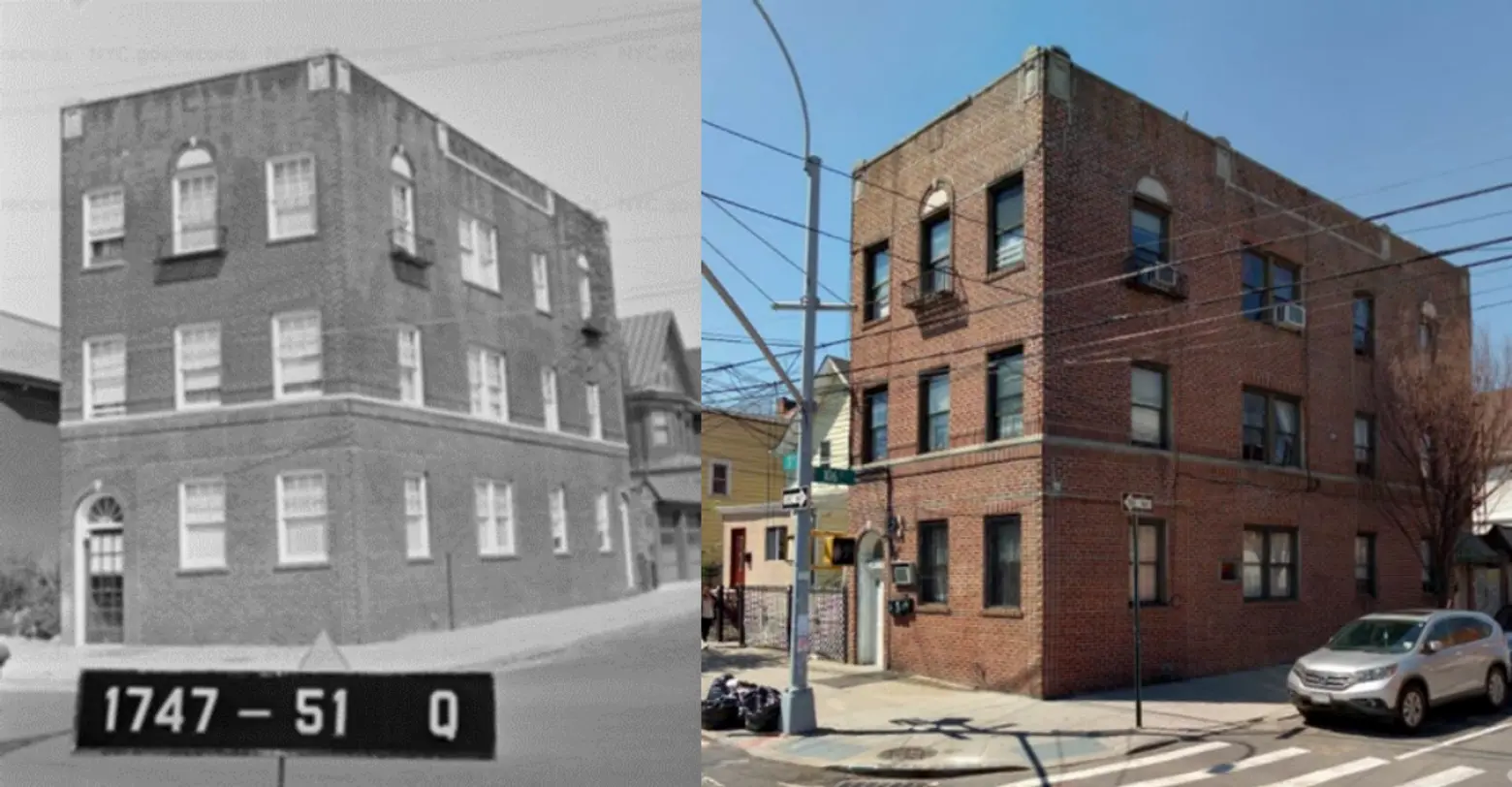
Renowned jazz trumpeter John Birks, better known as Dizzy Gillespie, lived at 105-19 37th Avenue in Corona from 1953 through 1965 during the peak of his career. At the time, the neighborhood was home to many African-Americans and a number of jazz musicians, including fellow jazz pioneer Louis Armstrong, whose former home is located right around the corner and has been made into a museum.
Gillespie lived in the building with his wife Lorraine, who was also his manager. It was during his residence at the home that he started playing his signature bent trumpet and was featured on a variety of landmark jazz albums. Despite eventually moving to New Jersey, Gillespie owned the building until 1985.
The three-story Colonial Revival-style home still retains many of its original features with only slight changes having been made over the years, including the replacement of original doors and windows, according to the LPC.
Calls to landmark the property began in 2015, with the Corona East Elmhurst Historical Preservation Society creating an online petition urging the LPC to designate the Dizzy Gillespie Residence, according to DNAinfo. The group criticized NYC’s lack of landmarks in Queens at the time.
“The Corona East Elmhurst Historic Preservation Society celebrates the Landmarks Preservation Commission’s designation of the John Birks ‘Dizzy’ Gillespie Residence,” Deborah S. Tyson, founding member of the society, said.
“We are grateful to the Commission, the family of John Birks ‘Dizzy’ Gillespie, the community of Corona and East Elmhurst, the Historic Districts Council, and all who supported our efforts to preserve the Dizzy Gillespie house.”
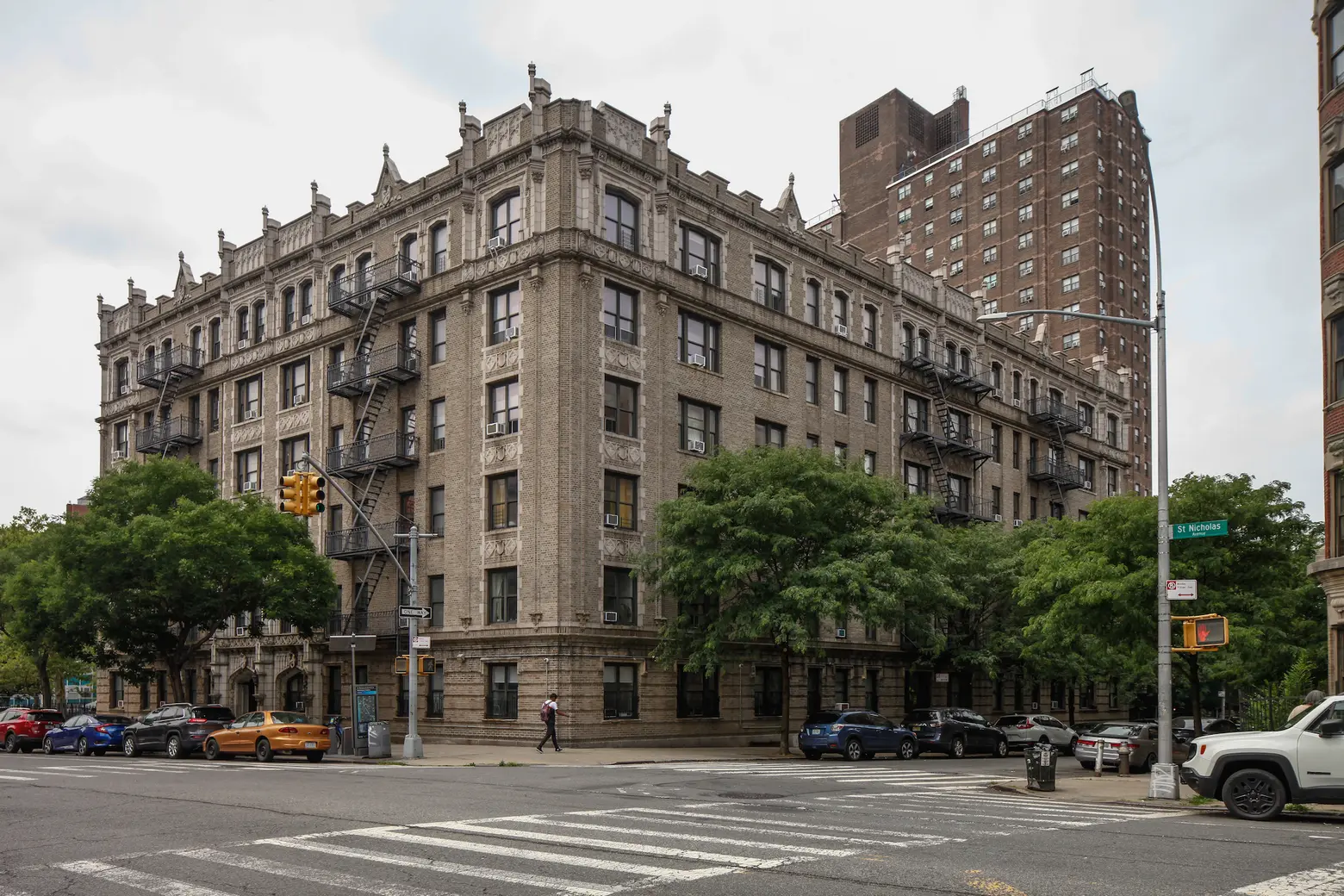
Photo of 935 St. Nicholas Avenue courtesy of the LPC
Located at 935 St. Nicholas Avenue, the Neo-Gothic Revival-style brick limestone and terracotta apartment building was designed by Gronenberg & Leuchtag in 1915. The building’s architecture is a prime example of early 20th-century apartment design.
For over 20 years, jazz pioneers Edward “Duke” Ellington and Noble Lee Sissle called the building their home. Ellington resided in the building from 1939 through 1961, during the height of his career. Sissle lived in the building from 1950 to 1972, toward the later part of his career.
During his time in the building, Ellington wrote many songs that went on to become American jazz standards, including “Sophisticated Lady” and “Satin Doll,” according to the LPC. Throughout his residence in the building, Sissle became known as the “Mayor of Harlem,” writing pieces in the “New York Age,” the “New York Amsterdam News,” and hosting his own radio show.
In April, the LPC voted to calendar the three buildings.
RELATED:












